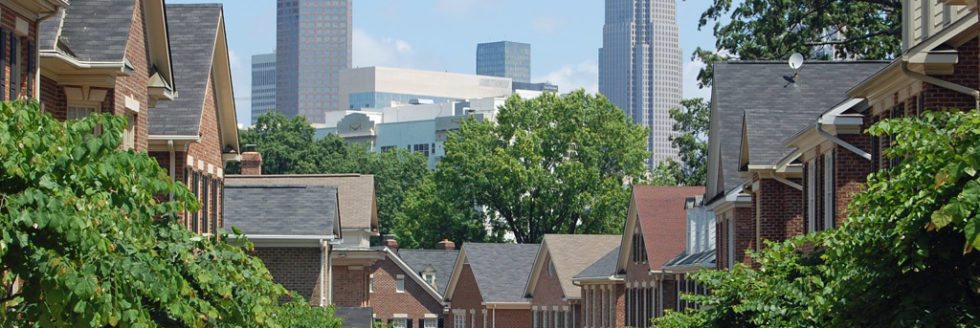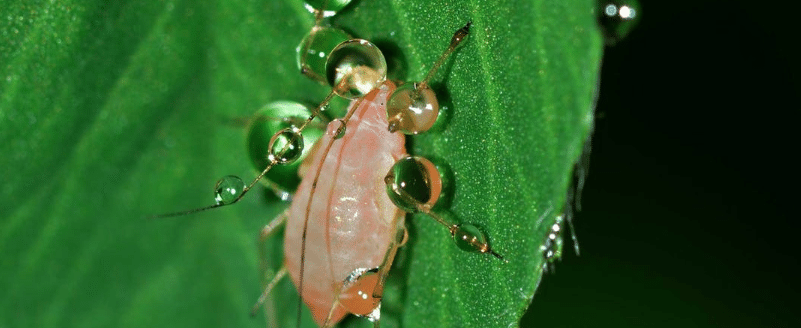What is Tree Banding?
Charlotte is a city known for its trees. From the city’s Christmas light traditions for its neighborhoods’ sycamores to stately neighborhoods with equally majestic old willow oaks, Charlotte’s leafy green canopy has become a defining feature of the city. But as many residents have noticed, many of Charlotte’s beautiful trees are encircled by ugly tree bands during the winter months. Why is one of Charlotte’s most defining natural features being covered up?
What are tree bands and why are they necessary?
These unsightly tree bands are crucial in helping prevent damage caused by a particularly destructive pest: the fall cankerworm. This tiny inch-long caterpillar is native to the eastern portion of North America and can be found as far north as Nova Scotia and as far south as Texas. Although fall cankerworm outbreaks are generally more common in northern states and Canada, Charlotte often falls victim to large populations of the pest for unknown reasons. In response to these infestations, Charlotte’s city government began a tree banding initiative in 1990.
What harm can a tiny caterpillar do?
A fall cankerworm infestation can potentially devastate a tree. When these cankerworms emerge from their eggs as tiny caterpillars in early spring, these small pests begin eating voraciously, devouring the host tree’s new leaves and buds. Most trees are not fatally damaged by this feeding frenzy, and many can produce replacement leaves and buds in the same season. However, trees recovering from a fall cankerworm infestation are typically weakened and may be more vulnerable to other threats.
How do tree bands help protect trees?
The fall cankerworm is a wingless moth – rather than fly, the adult moths have to climb a tree’s trunk from their cocoons on the ground in order to lay their eggs in the tree’s highest branches. By banding trees in November and December, the female fall cankerworms are blocked from reaching the heights of the tree and thus prevented from laying their eggs which will hatch into destructive caterpillars. Fall cankerworm infestations can be protected against by banding trees from November and December through early February.
Why are tree bands preferable to other forms of pest control?
Fall cankerworm infestations can also be combated with the use of certain approved chemical pesticides. The state of North Carolina permits Charlotte to spray infested areas from helicopters or airplanes, but the city has generally chosen to treat fall cankerworm populations with a naturally-occurring bacteria that acts as an organic pesticide. However, if an infestation is wide-spread and impacts larger trees, the amount of insecticide required to cover the area and the frequency with which it must be applied–several times a week–can make this pest control method quite costly. For this reason, many Charlotte residents ultimately prefer tree banding to control fall cankerworm infestations.
Have more questions about pest control issues? The experts at Carolina Pest have served the Charlotte area for almost eight decades and are ready to help. Contact us today to learn more about our all-natural, humane methods.


